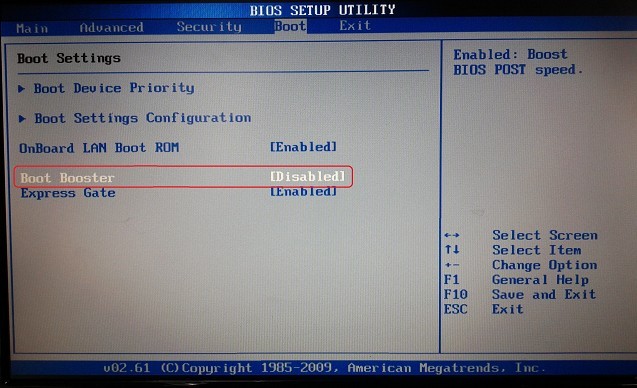Quite often, many laptop users have to restore the functionality of their devices if for some reason they do not work correctly or the operating system does not load at all. At the same time, sometimes the usual rollback by means of system recovery to a certain control point seems impractical. Thus, it is necessary to use the so-called return to the initial state (and with a pre-installed operating system). Further it is proposed to consider in detail the return to the factory settings of an ASUS laptop with Windows 10. To perform such actions, you can use several basic techniques that involve the use of the system itself and built-in tools. Since the tenth modification is taken as the basis, in the case of preinstalled Windows 7, some methods will be unavailable.
How to reset ASUS laptop to factory settings in a working system?
So, for starters, we will focus solely on the tools of the operating system itself, provided that it somehow loads. In Windows of the eighth and tenth versions, rolling back an ASUS laptop to the factory settings (like a laptop of any other manufacturer with the same systems on board) can be done quite simply.
To do this, call the options menu, then go to the update and security section, and then use the restore menu item. Immediately at the top there will be a full reset point, which will allow you to return the device to such a state as if you just bought it. In the recovery process, which may be useful to many, you can use a reset with saving user files or do without it.
Alternative Reset Method
If we talk about how to reset the ASUS laptop to the factory settings by an alternative method, from the section described above you can select the option of special boot options (not suitable for Windows 7).
Again, when restarting, you will need to tell the system to return to its original state and wait for the recovery process to complete.
Note: you can trigger a reboot in this mode through the corresponding Start menu item while holding down the Shift key.
How to restore factory settings using the built-in tools: preliminary steps in the BIOS
But all this so far has been exclusively related to those situations when the operating system is not damaged to the extreme degree and still works (even with errors). But how to reset the ASUS laptop to the factory settings if Windows does not start under any pretext? In this case, you need to clearly understand that almost all laptop manufacturers integrate special utilities in their devices for quick recovery, in the general case called Recovery. ASUS laptops also have such a tool. However, using it is not as easy as it might seem at first glance. The catch is that its call is prevented by the Boot Booster quick start mode set in the BIOS, which you must turn off.

To do this, enter the BIOS by pressing the F2 key when turning on the laptop or during the reboot process immediately after the start screen appears, then go to the Boot section and set the value for the specified parameter to the Disabled state. After saving the settings (F10) and restarting, you can proceed directly to the reset process.
Recovery process
To call the recovery environment when the start screen appears, press the F9 key, after which a black window appears with the Windows Setup (EMS Enabled) line.
Then you just need to confirm the choice of action by pressing the Enter key, after which the rollback process is activated, which at some points will look like a “clean” installation of Windows, and after its completion and a few restarts you will see the “Desktop” of a fully functional system from scratch .
Tips for the future
How to reset the ASUS laptop to the factory settings, figured out. It remains to give some practical advice for the future. Keep in mind that if you reinstall the operating system by yourself, deleting all hidden partitions and formatting the hard drive, the built-in utility will become unavailable. The same goes for replacing the hard drive. In addition, to avoid difficulties in carrying out actions to restore the laptop in the future, do not be too lazy to take care of creating backups for unforeseen cases in advance, especially since external USB drives are relatively inexpensive now, and you can even fit a copy of the entire hard drive on them working OS and all installed programs. However, if this is not possible, using standard Windows tools, you can create a copy of only the system configuration without saving applications or user files with saving to a regular USB flash drive. You can also use all sorts of narrowly targeted backup or image creation utilities, and not use only Windows tools (for example, in case of unforeseen damage).